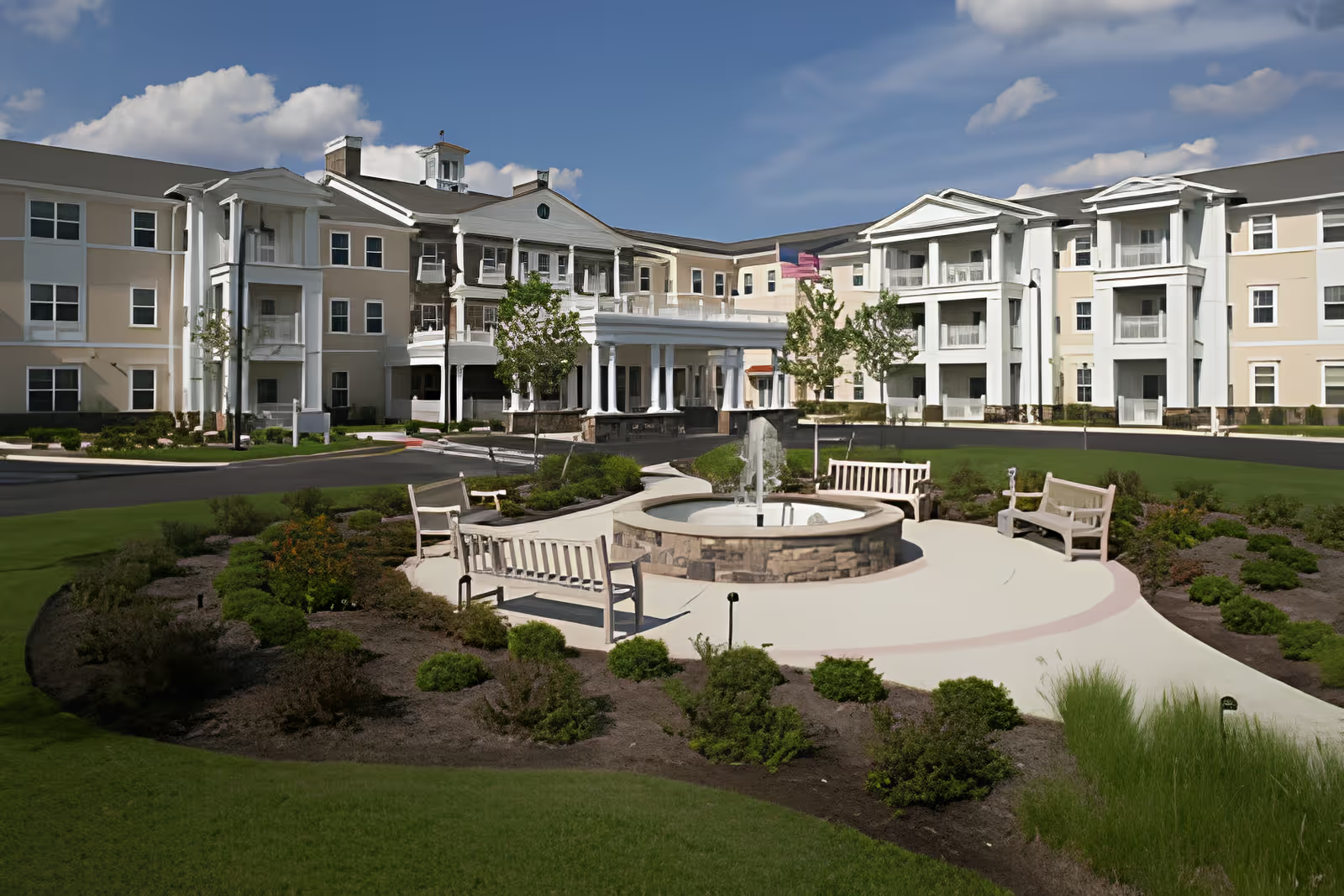Overall sentiment: The reviews paint a highly mixed but predominantly negative picture of Dedham HealthCare. Many reviewers report serious lapses in basic care and safety that suggest systemic staffing and operational problems; however, a minority of staff and specific management interventions have been praised, indicating variability in performance and that targeted leadership action can produce improvements.
Care quality and patient safety: The most frequent and serious concerns relate to basic nursing care and patient safety. Multiple reviews describe residents being left alone for extended periods (including in dark rooms), delays in medication administration (reports of medications not given for over 24 hours), and slow call-bell responses. Several accounts describe neglect with residents left in urine or stool for over an hour, soiled diapers and clothing, limited repositioning that contributed to pressure ulcers, and delayed or missing physical therapy. There are specific, alarming reports of infections that worsened because staff did not recognize or treat them promptly (one foot infection progressed to a level requiring hospital care and risked amputation). These patterns point to understaffing and insufficient clinical oversight that place vulnerable patients at risk.
Staffing, behavior, and communication: Understaffing is the dominant explanatory theme across reviews—staff are described as overworked and unable to respond to residents’ needs. Alongside workload problems are complaints about staff demeanor: yelling, disrespect, and a cold/distant environment were repeatedly reported. Communication with families is often poor: reviewers cited lack of updates after transports, not being informed of clinical changes, and inconsistent responsiveness. Conversely, several reviews note standout individuals—particularly a hospice nurse named Carol and other 'terrific' staff members—who provided compassionate care, and at least one reviewer reported that the Director of Nursing personally intervened, provided a direct phone line, and corrected issues. These contrasting experiences suggest high variability in staff competence and management engagement.
Facility condition, infection control, and belongings: Reports about cleanliness and facility condition are mixed but include serious concerns. Some reviewers describe a clean facility with a pleasant courtyard and outdoor access; others report dirty spaces, food left everywhere, and the facility "falling apart." Infection-control lapses and inconsistent PPE use were noted, heightening concern for communicable disease risk. Multiple reviewers also alleged missing or stolen personal items and gifts, causing distress and eroding trust.
Dining, activities, and resident quality of life: Dining and recreational life were frequently criticized. Several reviews called the food horrible or unappetizing. Activity programming is described as limited or nonexistent in some reports, with residents kept confined to their rooms and few opportunities for social engagement. Practical care issues such as only one shower for an entire floor and residents left in chairs all day were noted, contributing to feelings of neglect and lower quality of life—especially harmful for residents with dementia who may become traumatized by isolation or rough handling.
Management response and variability: A notable pattern is that when leadership—especially the Director of Nursing—becomes directly involved, issues were sometimes corrected and care improved according to affected families. This suggests that problems may be at least partially addressable through stronger management practices, hiring, and accountability. However, other reports describe systemic, ongoing failings including staff turnover (e.g., social worker quitting), lack of consistent leadership follow-through, and the persistence of operational problems despite complaints. The presence of some compassionate and competent staff alongside widespread problems indicates inconsistent training, staffing levels, and supervisory oversight.
Risks and recommendations for prospective families: The reviews collectively raise red flags about safety, staffing adequacy, communication, and property security. Prospective residents and families should be especially cautious regarding clinical oversight (wound care, infection detection), responsiveness to call bells, medication administration reliability, and policies around belongings and visitation. If considering this facility, families should inquire specifically about staff-to-resident ratios, availability of on-shift clinical leaders, protocols for medication administration and wound care, handling of personal items, and documented infection-control practices. Visiting unannounced at different times of day to observe staffing and responsiveness, and clarifying escalation contacts (e.g., Director of Nursing direct number) may help mitigate risk.
Bottom line: Reviews reveal serious, recurring issues—primarily understaffing-driven neglect, poor communication, and inconsistent clinical care—that have resulted in harm or near-harm in multiple accounts. At the same time, there are credible reports of caring individuals and situations where management intervention helped. The overall pattern is one of significant variability: while pockets of good care exist, systemic problems create real safety and dignity concerns for many residents. Families should weigh these risks carefully and seek concrete assurances and oversight mechanisms before entrusting a loved one to this facility.







